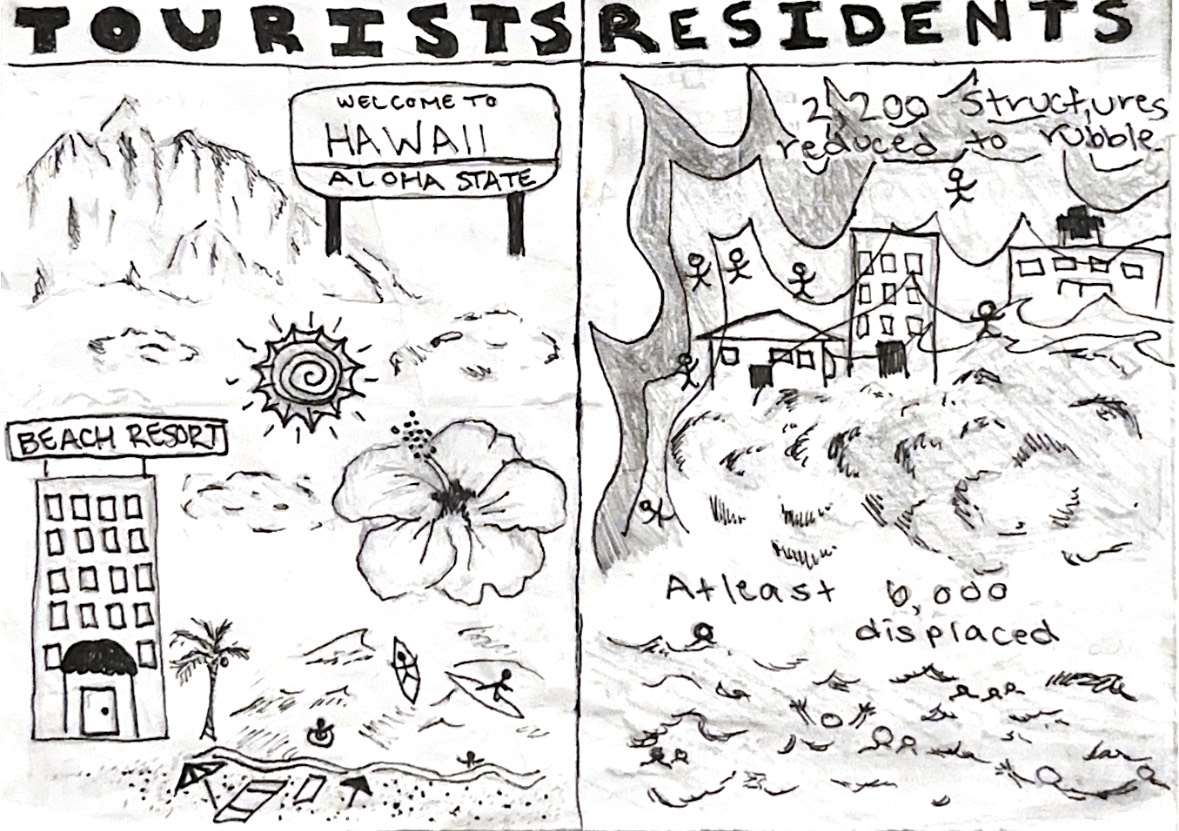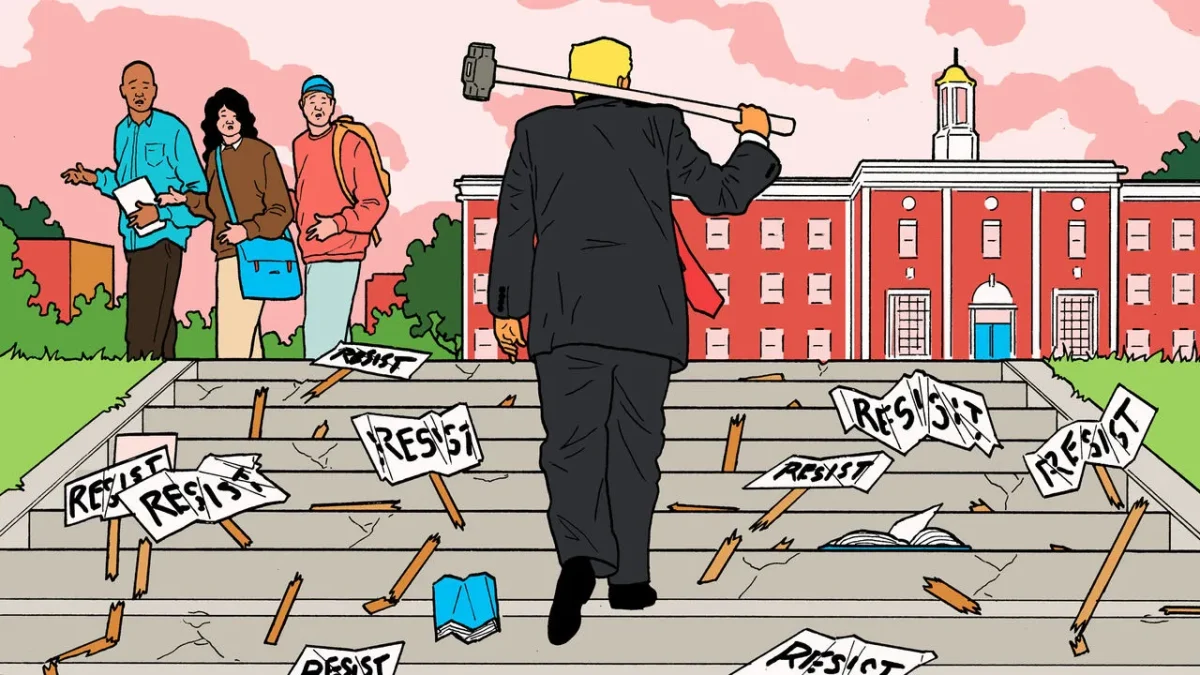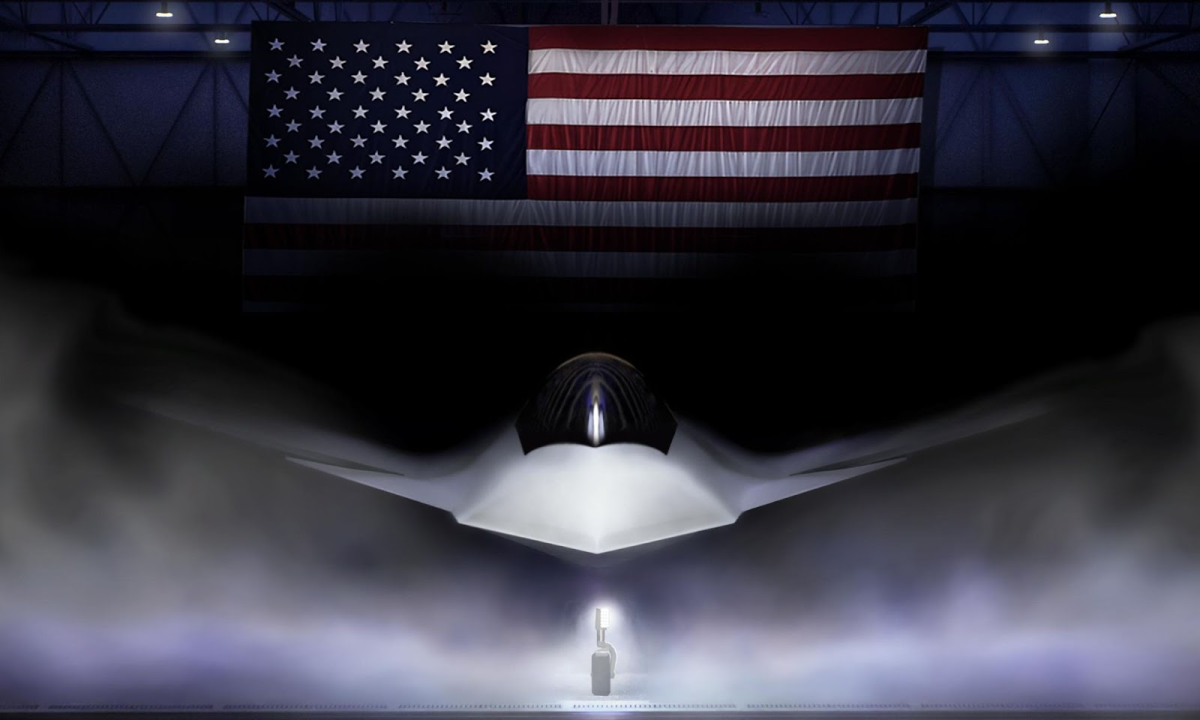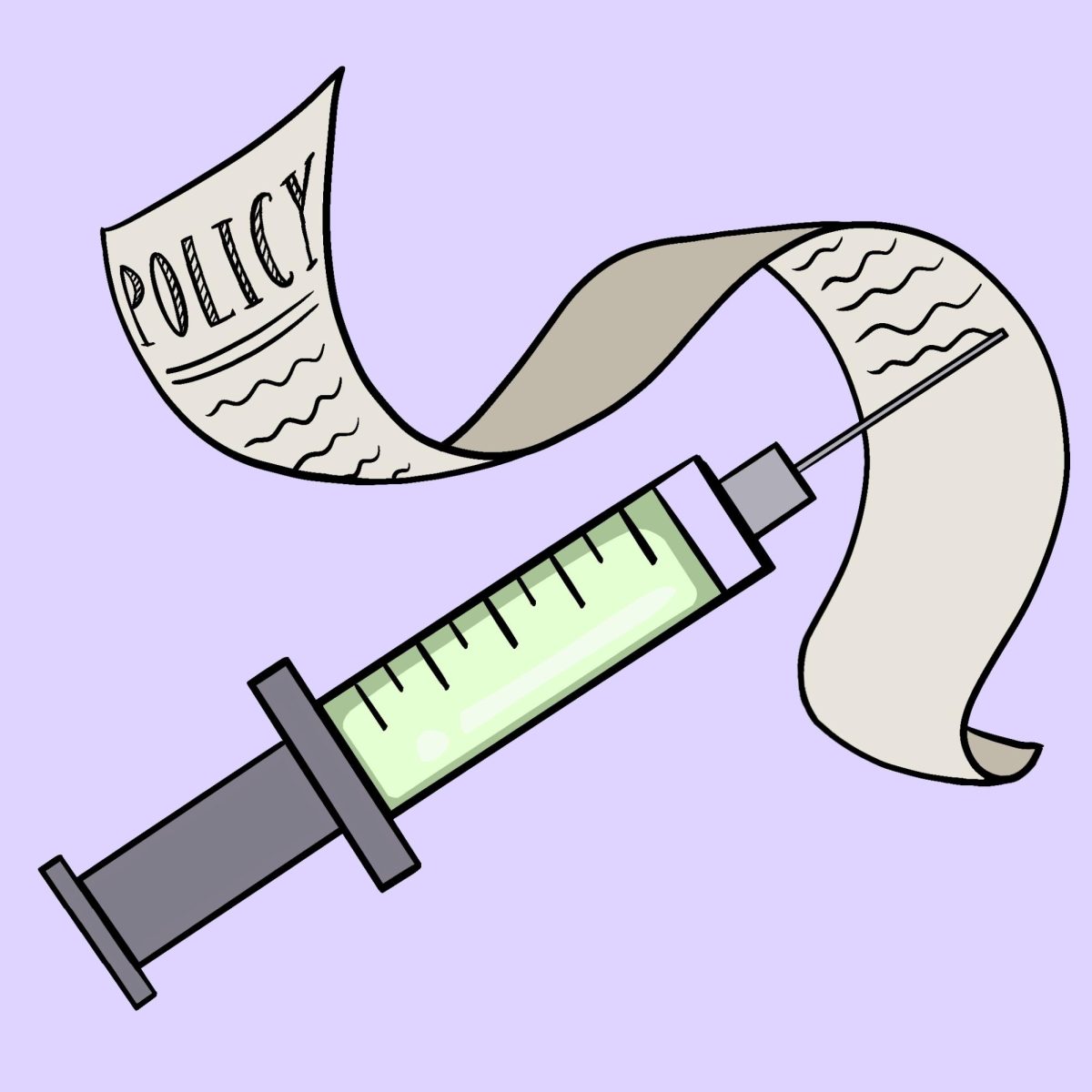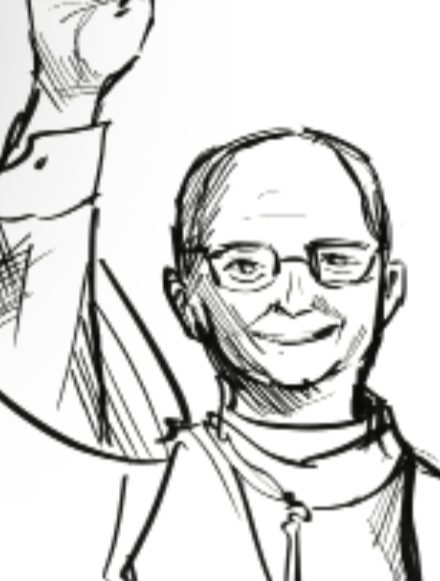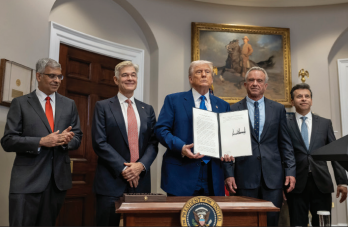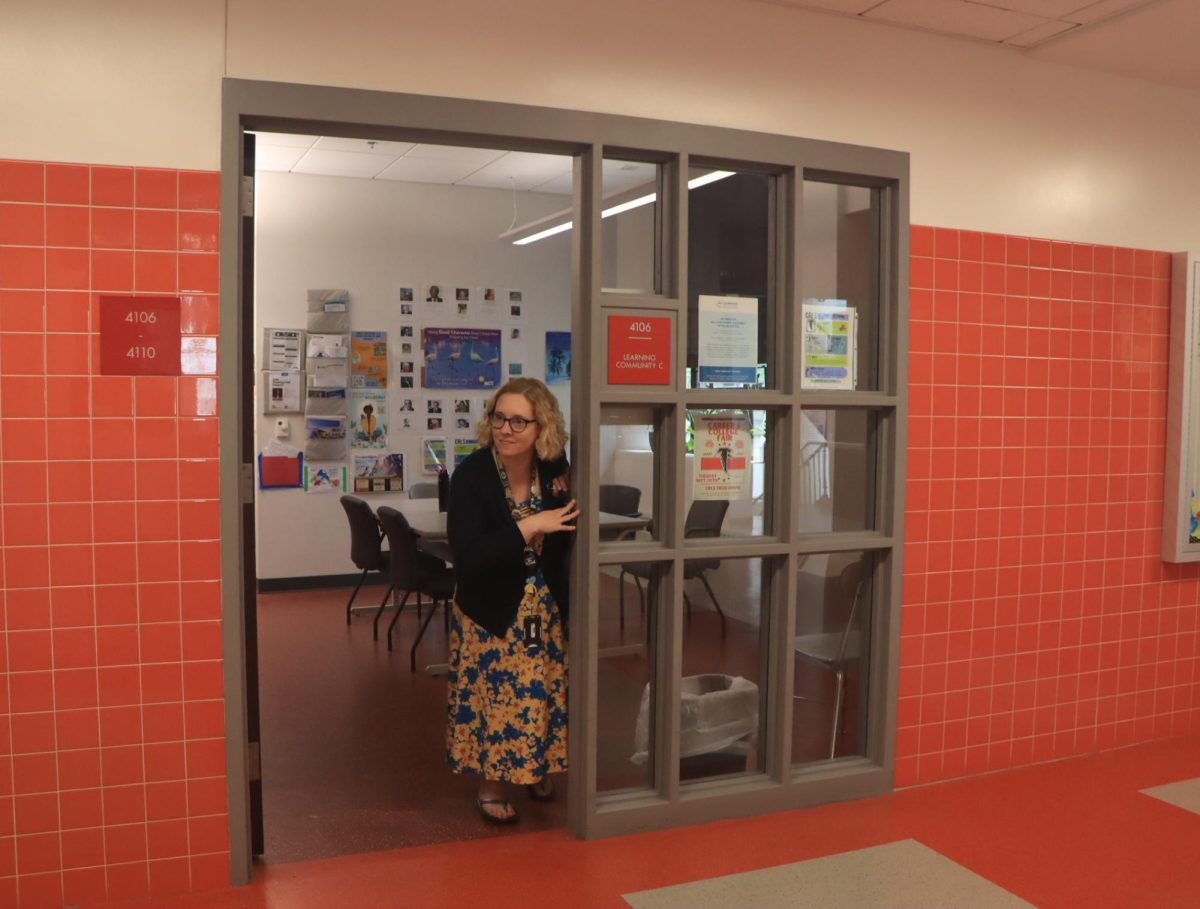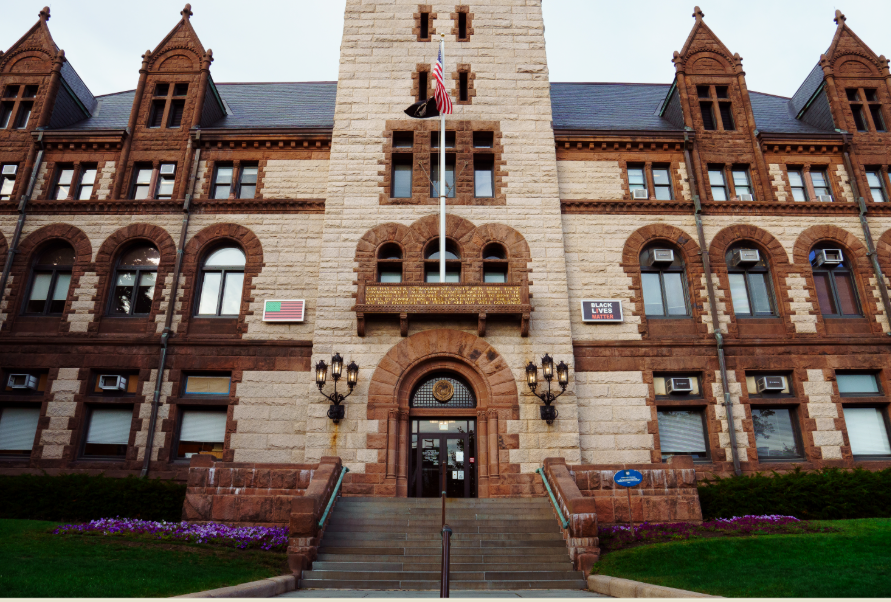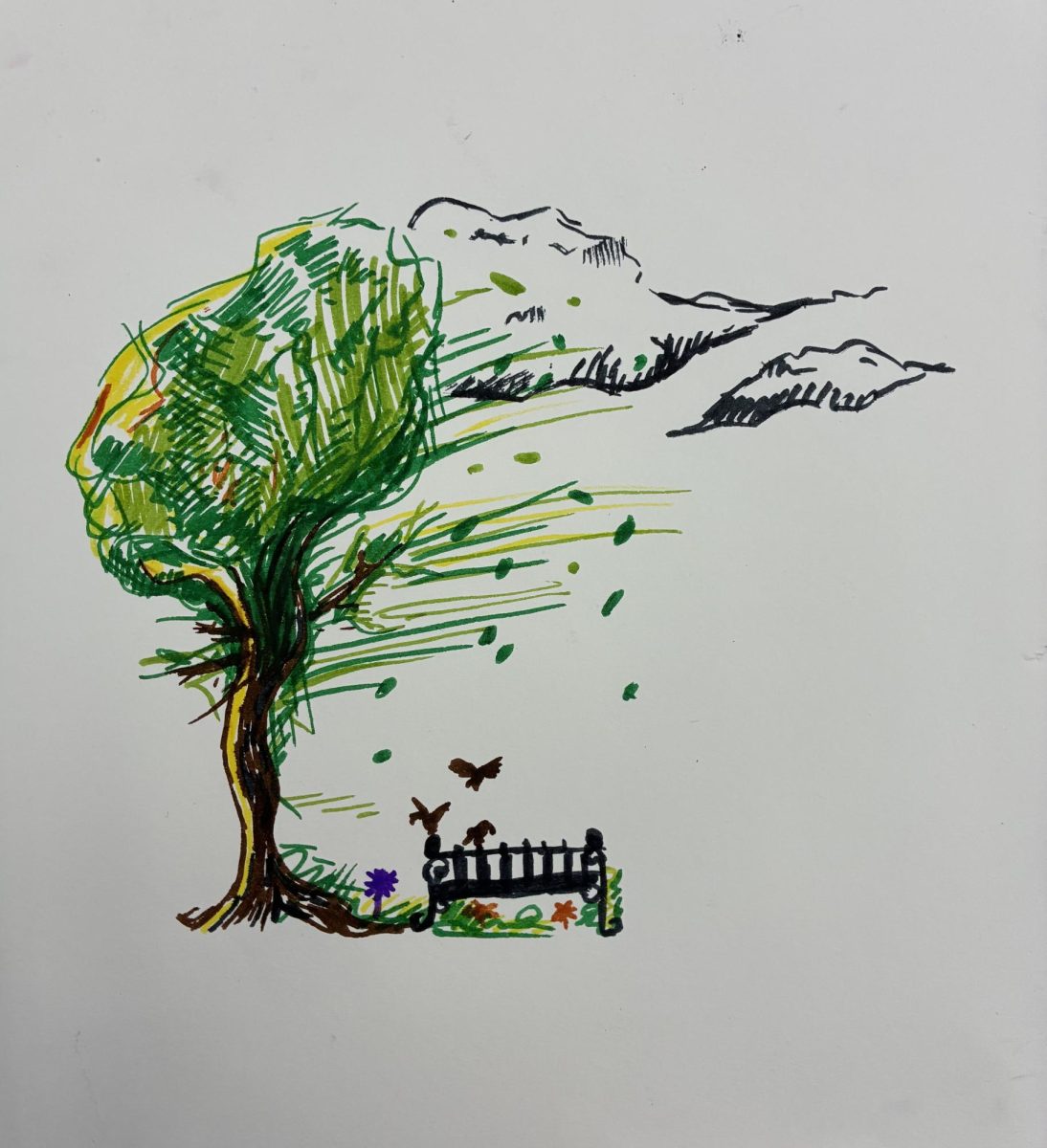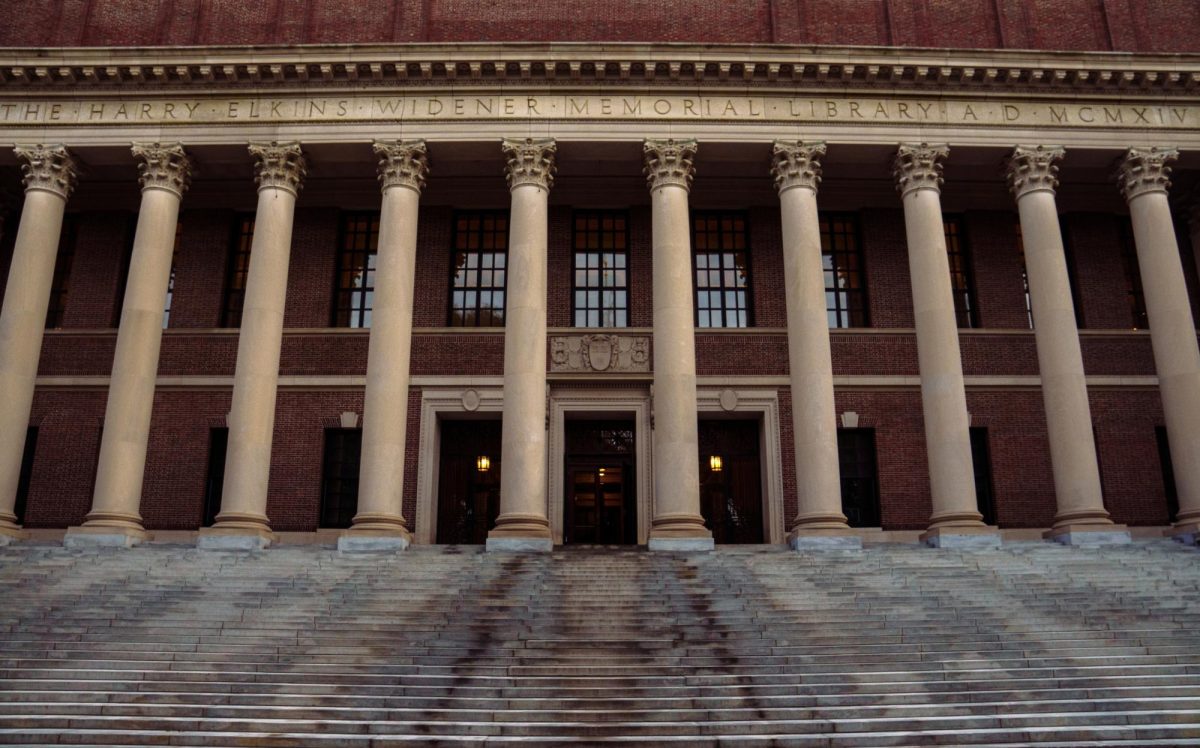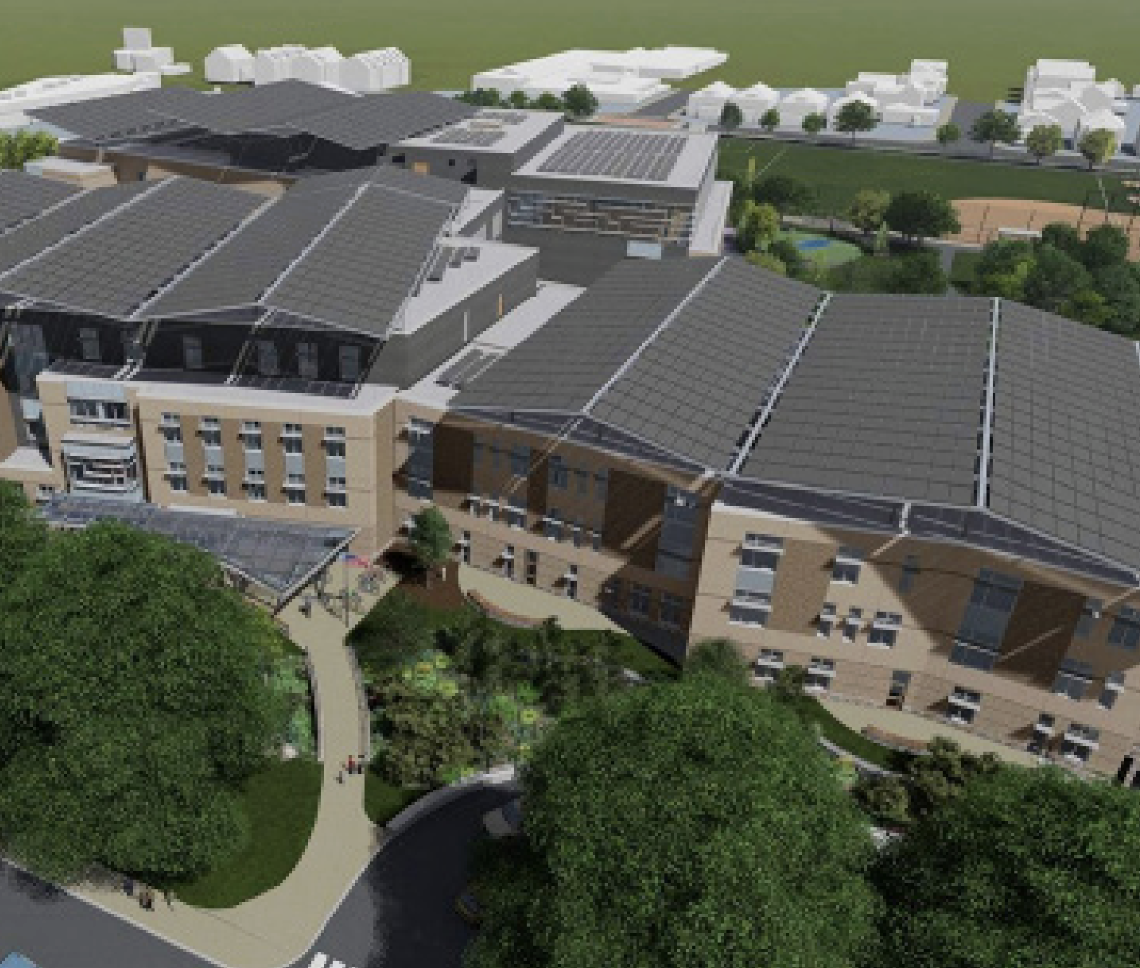On Tuesday, August 8, 2023, a combination of drought, hurricane winds, and electrical malfunctions led to wildfires sweeping as fast as 81 miles per hour through Lahaina, Maui, creating Hawai’i’s deadliest natural disaster in history. What remains of Lahaina, the former capital of the Hawaiian Kingdom, is approximately 2,200 structures reduced to rubble, hundreds of people missing, and a death toll of 115 that continues to grow.
Shortly after sunrise that day, Lahaina resident Shane Treu heard a “pop” outside his home. He looked out to see a fallen powerline sparking in the invasive grasses that have flourished due to, “lack of active management,” according to The Hawai’i Department of Land and Natural Resources. Treu called 911. Soon police and firefighters arrived, accompanied by a water tank and front-end loaders. At 9 AM, county officials said the fire was “100% contained”.
Shortly after 3 PM, the fires sparked again, swarming through the grasses and fanned by strong winds. Residents began evacuating on the only road out of town, Font Street, only when they saw the fires since there were no emergency notices from officials. However, the road was completely blocked by traffic. As unbearable heat and smoke brought by the raging fires filled the air, those who were able abandoned their cars to escape onto the seawall or into the water where they remained chest-deep for hours with no help in sight. Many others were unable to escape. Governor Josh Green acknowledged that some of the dead will never be recovered due to difficulties with identifying remains. With only bone fragments and no dental records or fingerprints, identification will rely on DNA testing, a process that could take months.
With shelters filled beyond capacity, at least 6,000 displaced residents are currently being housed in hotels with the help of the Red Cross. Anne E. Lopez, Hawai’i’s Attorney General, told displaced property owners to report any offers to buy the remains of their land saying, “Preying on people who suffered the most from the tragedy on Maui is despicable.” Community organizations such as ‘Āina Momona are bringing attention to this exploitation called “disaster capitalism,” where land is seized while desperate communities still recover from “the financial and emotional trauma of a disaster.”
Over one month later, there are “two Hawai’i’s,” an unnamed Maui woman told BBC, “[T]he Hawai’i we’re living in and the Hawai’i…they’re visiting in…The same waters that our people just died in three days ago are the same waters the very next day these visitors, tourists were swimming in…[T]hat says a lot about where their heart and mind is through all of this and where our heart and mind is. You don’t see our people swimming, snorkeling, surfing. Nobody is having fun in tragedy and continuing their lives like nothing has happened.”
Hawai’i has always had two sides: a tourist paradise and a reality of unaffordable housing, an unsustainably developed ecosystem, and climate change. What happened on West Maui could happen on any of the other islands and care must be put towards Hawai’i as a home rather than a vacation destination.
This article also appears in our September 2023 print edition.

